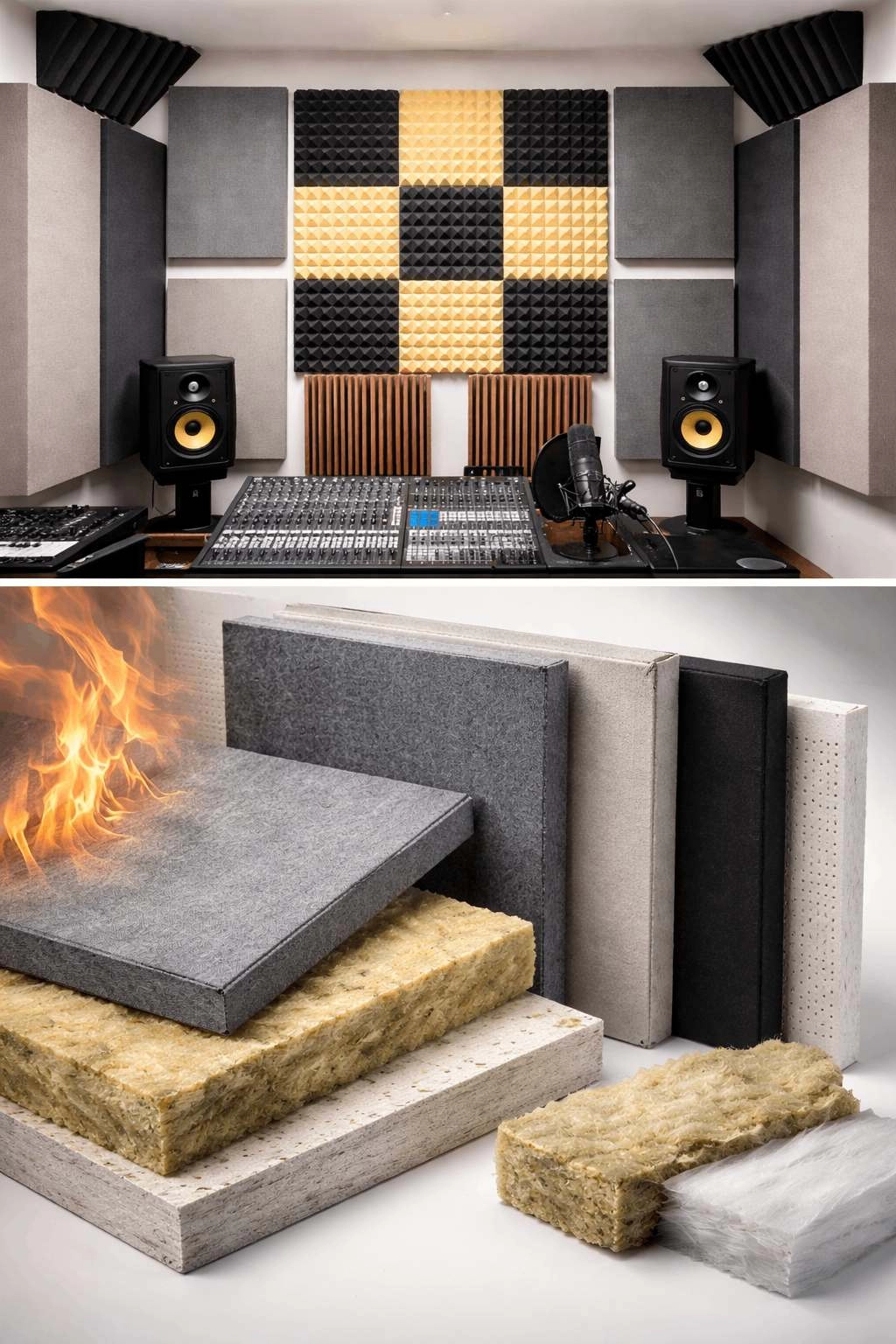In recent years, smart home devices have revolutionized the way we interact with our living spaces. From voice-controlled assistants to automated security systems, these devices have become an integral part of our daily lives. But have you ever wondered how these devices actually work? In this blog post, we will delve into the intricate mechanisms behind smart home devices and explore the technologies that power them.
- Connectivity and Communication:
At the heart of every smart home device lies the ability to connect and communicate with other devices and the internet. Most devices utilize wireless technologies such as Wi-Fi, Bluetooth, or Zigbee to establish a network. This network allows devices to exchange information, receive commands, and provide real-time updates to users. - Sensors and Data Collection:
Smart home devices are equipped with an array of sensors that enable them to gather data about their surroundings. These sensors can include motion detectors, temperature sensors, light sensors, and more. By collecting and analyzing this data, smart devices can make informed decisions and respond to user preferences. - Artificial Intelligence and Machine Learning:
To enhance their functionality, many smart home devices employ artificial intelligence (AI) and machine learning algorithms. These technologies enable devices to learn from user behavior, adapt to changing environments, and provide personalized experiences. For example, a smart thermostat can learn your temperature preferences and automatically adjust the settings to optimize energy efficiency. - Voice Recognition and Natural Language Processing:
One of the most popular features of smart home devices is voice control. Through advancements in voice recognition and natural language processing (NLP), devices like smart speakers can understand and respond to spoken commands. This technology allows users to control various aspects of their homes simply by speaking. - Integration and Automation:
Smart home devices excel in their ability to integrate and automate different functions within a household. Through centralized platforms or smart hubs, users can connect and control multiple devices simultaneously. This integration enables automation scenarios, such as turning off lights when no one is in the room or locking doors when everyone leaves the house. - Security and Privacy:
As smart home devices become more prevalent, concerns about security and privacy have also emerged. Manufacturers employ various security measures, such as encryption and authentication protocols, to protect user data and prevent unauthorized access. It is crucial for users to understand these security features and take necessary precautions to safeguard their privacy.
Conclusion:
Smart home devices have transformed the way we interact with our homes, offering convenience, efficiency, and enhanced control. By understanding the underlying technologies and mechanisms, we can make informed decisions when choosing and utilizing these devices. As the smart home industry continues to evolve, it is essential to stay updated on the latest advancements and embrace the possibilities they bring.








+ There are no comments
Add yours